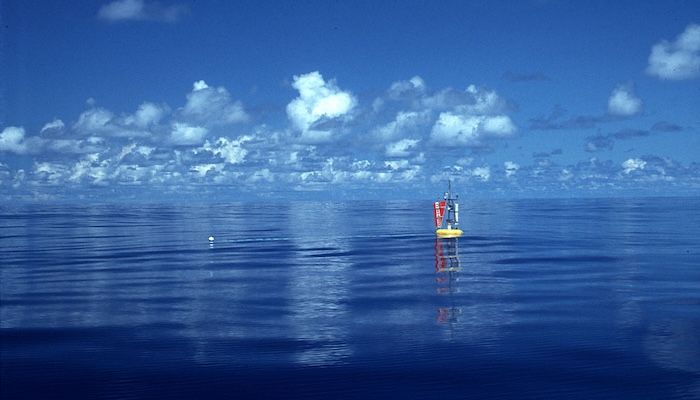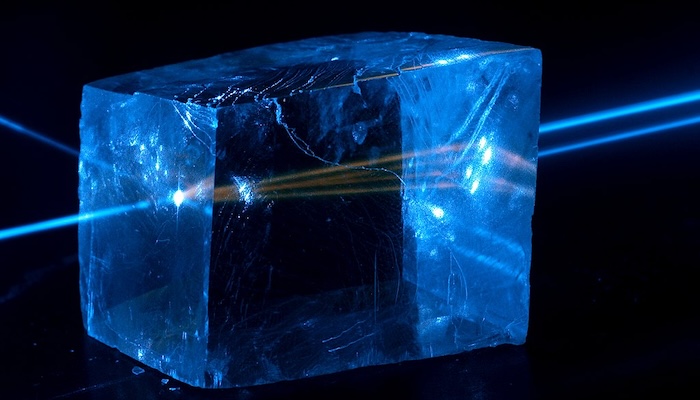Macquarie University is partnering with semiconductor developer BluGlass in a 12-month blue ocean LiDAR (Light Detection and Ranging) project to trial laser-based measurements of subsurface water temperature and depth, with funding from Australia's Economic Accelerator Seed grants.
2 Oct 2024
A new project led by Macquarie University will develop and test a laser-based method to measure subsurface water temperature and depth.
Funded by a $182,000 Seed Grant under the Department of Education program Australia’s Economic Accelerator (AEA), Macquarie has partnered with global semiconductor developer BluGlass Ltd and defence company Aurizn to progress the commercialisation of visible lasers in maritime applications.
The project will develop and run commercial trials of fully functional blue ocean LiDAR (Light Detection and Ranging) technology to improve maritime situational awareness in defence and environment settings where satellites and marine buoys are currently used.

Blue ocean LiDAR will improve detection of underwater objects, provide increased accuracy in predicting coral bleaching events, and refinement of climate modelling technology.
While invisible infrared (IR) lasers have gained mass adoption in fibre-optic and space communications, they are ineffective in sub-marine applications, as their wavelengths are almost entirely absorbed by water.
“To use lasers for remote sensing and communicating underwater, visible lasers at shorter wavelengths between the violet and green spectrum are needed,” says Dr Ondrej Kitzler, Research Fellow in the MQ Photonics Research Centre and Project Lead.
BluGlass will provide high-power multi-transverse-mode visible gallium nitride (GaN) lasers for the ocean LiDAR, targeting useable underwater wavelengths in the blue and aqua-marine ranges.

“The unique semiconductor lasers developed by BluGlass operate between 420 to 520 nanometres, making them ideal for these demanding applications,” Dr Kitzler says.
Visible GaN lasers have a range of advantages over current lower-power and solid-state lasers, such as compact size, high power conversion efficiency, low manufacturing cost, wavelength tunability, beam divergence control, lifetime, and ability to shift wavelength rapidly.
“This collaborative project with BluGlass and Aurizn perfectly aligns with Macquarie University’s world-class expertise in laser technology,” says Professor Sakkie Pretorius, Deputy Vice-Chancellor (Research) at Macquarie University.
“In developing blue ocean LiDAR technology, we’re helping create solutions that address real-world challenges, from improving maritime defence to enhancing our understanding of coral reef health and climate change.”
Jim Haden, BluGlass CEO, says: “We are excited to see our BluGlass GaN lasers deployed in underwater environments for field testing and validation.”
Read the full media release from Bluglass here: Bluglass & MQ Partner in Ocean Lidar Project
Φ